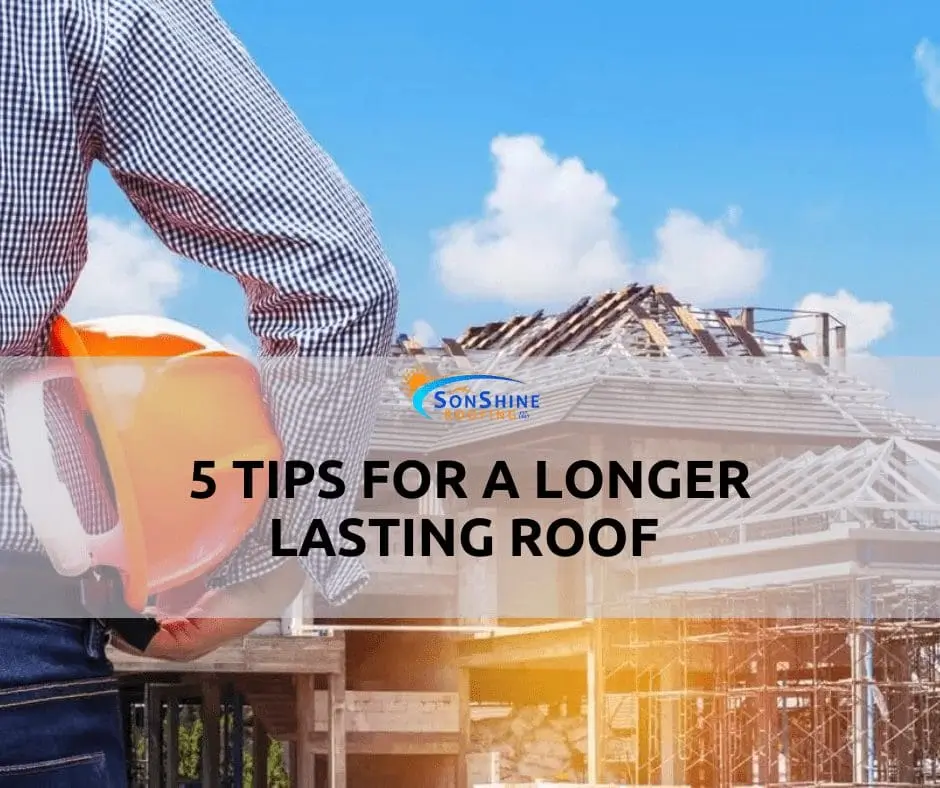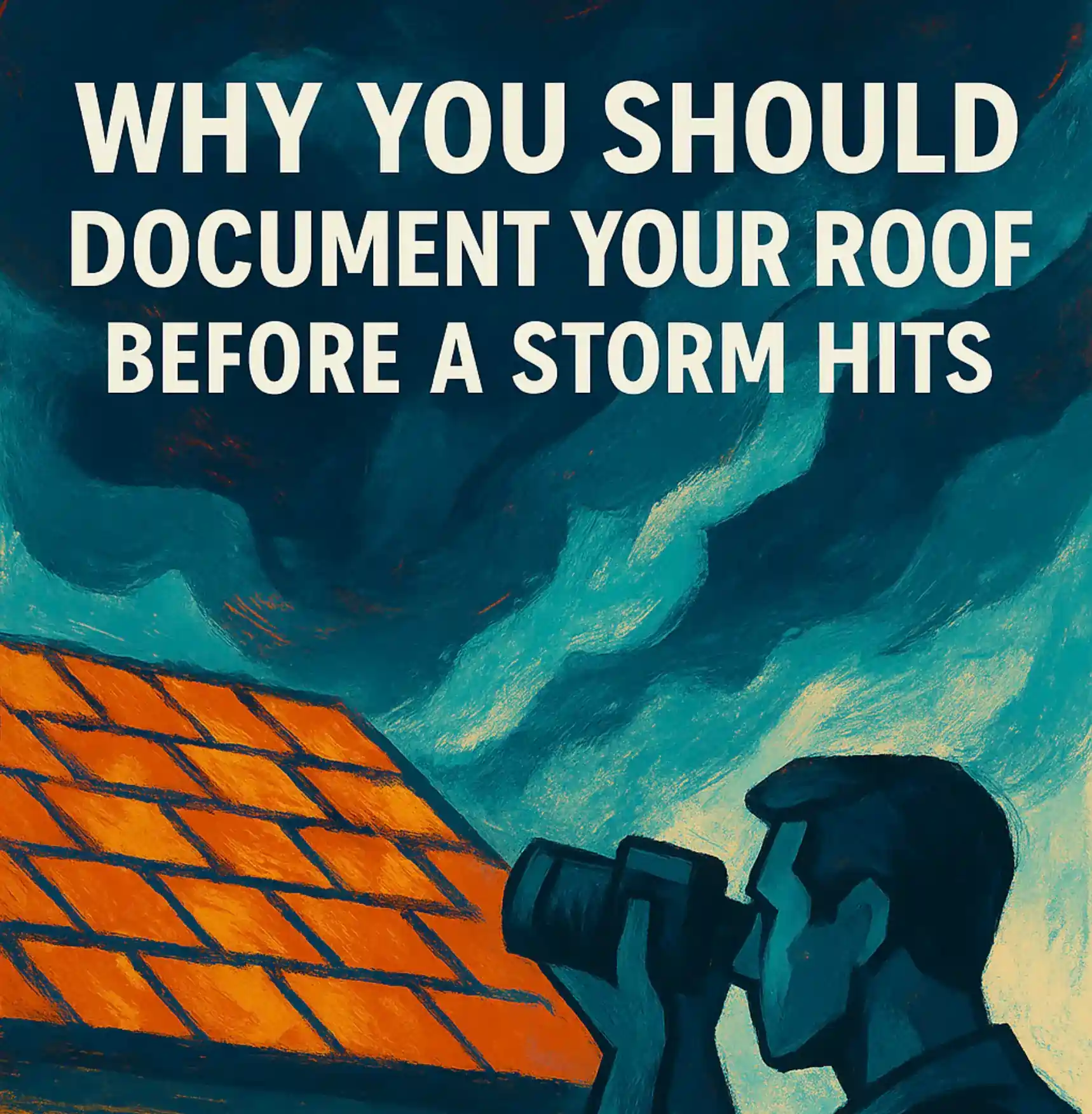5 Roofing Tips to Ensure Your Roof Lasts Longer
When you’ve invested time and money into installing a beautiful new roof, the last thing you want is for it to deteriorate prematurely. While choosing a high-quality roofing system is a great start, long-term performance requires ongoing care and attention.
To help protect your investment, here are five simple but essential roofing tips to ensure your roof lasts the full length of its intended life.
1. Install a “Breathable” Roof
One of the most important yet overlooked aspects of roof longevity is ventilation. A roof that “breathes” properly allows moisture to escape, preventing condensation buildup under the surface.
Modern membranes like “Peel and Stick” underlayments can trap moisture if not properly ventilated. This moisture can lead to wood rot and even structural failure over time. Always ensure your roofing system includes adequate ventilation and breathable materials.
Without proper airflow, trapped moisture can cause your roof deck to weaken, buckle, or sag—shortening its lifespan significantly.
2. Prune Tree Branches
Beautiful trees may boost your property’s aesthetic and curb appeal, but overhanging branches pose a threat to your roof. In windy or stormy conditions, these branches can scratch shingles, drop heavy debris, or crash down altogether.
Be proactive by regularly pruning branches that are too close to your roof. This small act of maintenance can help prevent punctures, surface damage, and clogged gutters from falling leaves.
According to the Permaculture Research Institute, well-maintained trees benefit your home and environment—just keep them at a safe distance.
3. Clean Your Gutters Regularly
Gutters play a critical role in channeling water away from your roof and foundation. When clogged with leaves, twigs, and debris, they can overflow and cause water to back up under your shingles.
This can lead to leaks, wood rot, and even mold growth in your attic. Aim to clean your gutters at least twice per year—especially in the fall and spring.
4. Don’t DIY Dangerous Repairs
While it might be tempting to climb up and patch a few shingles yourself, DIY roofing work is rarely worth the risk. Roofing is one of the most hazardous construction jobs, with a significant number of injuries and fatalities each year—even among professionals.
Roof-related falls account for over one-third of construction fatalities. For your safety and peace of mind, hire a licensed professional for inspections and repairs.
Professional roofers are trained in proper safety techniques and have access to the right tools and materials for a long-lasting solution.
5. Schedule Regular Roof Inspections
One of the most valuable roofing tips we can offer is to schedule regular roof inspections. Catching issues early—like small leaks, cracked shingles, or deteriorating flashing—can save you thousands in the long run.
A trusted local roofer like SonShine Roofing can identify problem areas and recommend proactive steps to protect your investment. Especially in Florida’s humid and storm-prone climate, annual inspections are a smart habit.
More Roofing Tips and Resources
By following these best practices and starting with a quality installation, you’ll ensure your roof performs well for decades to come. For additional advice, product guides, and seasonal maintenance checklists, be sure to visit our blog.
If you’re ready to protect your roof the right way, get in touch with SonShine Roofing today and schedule your inspection.













